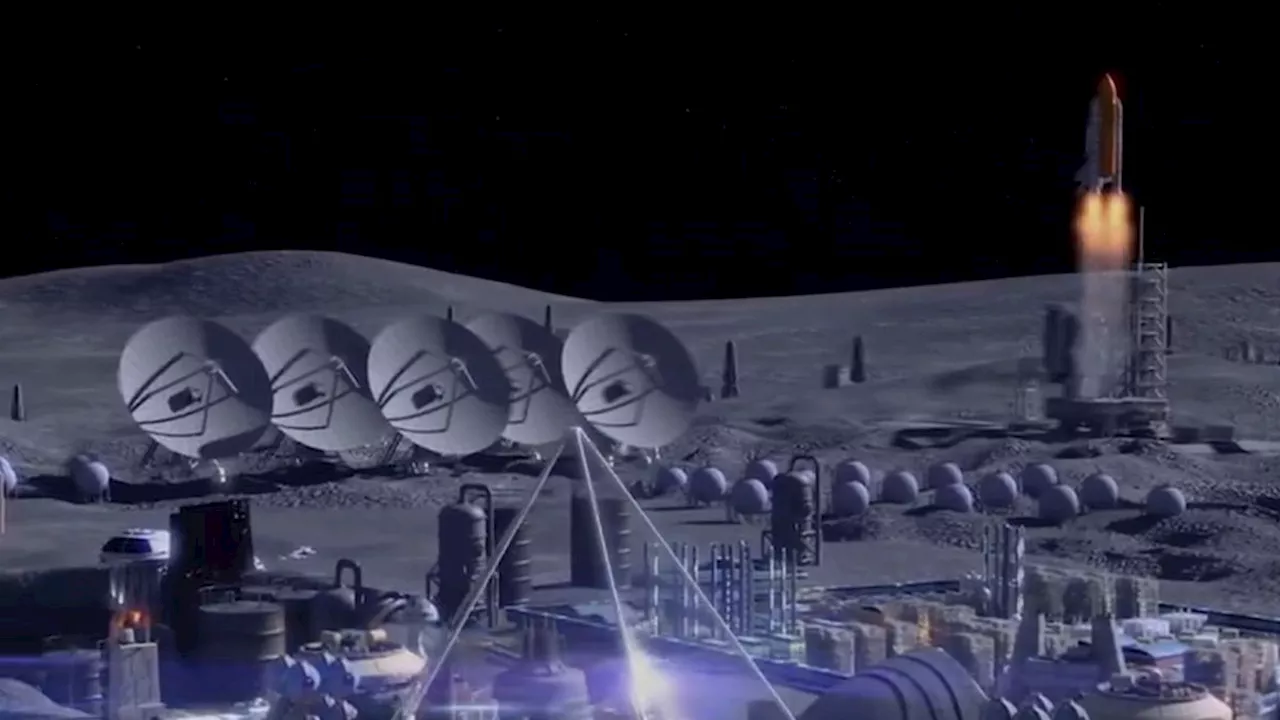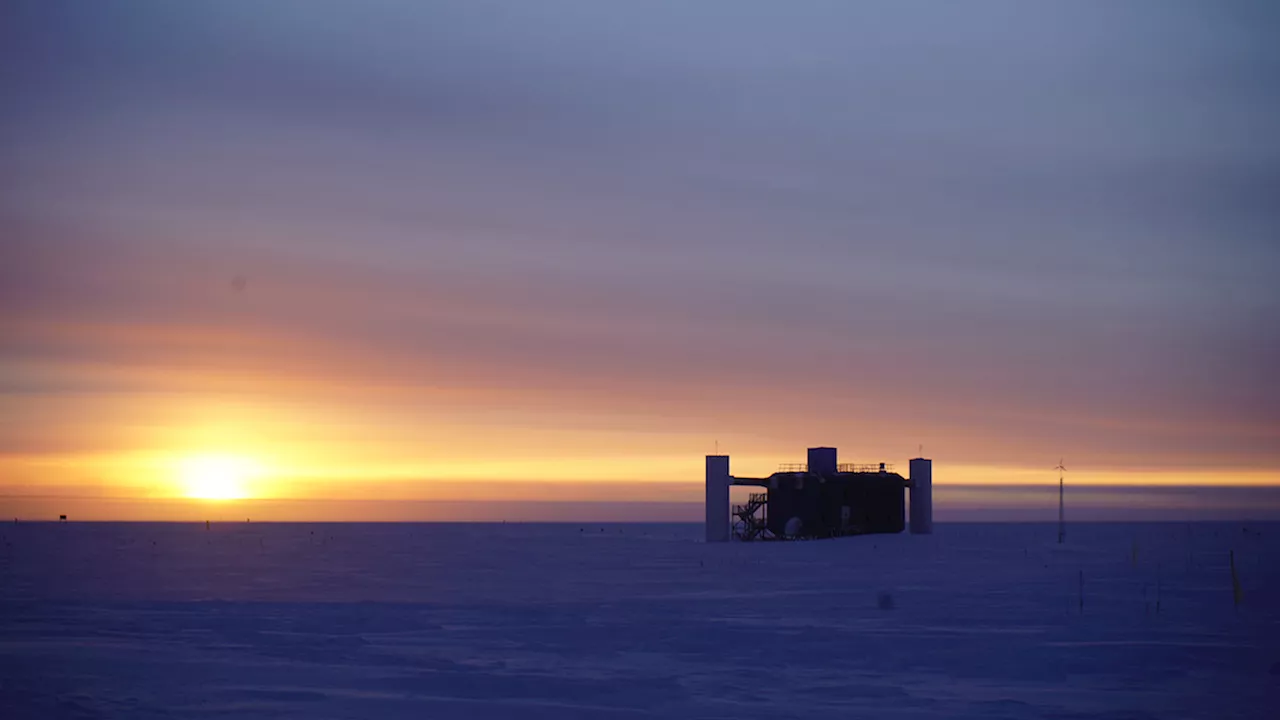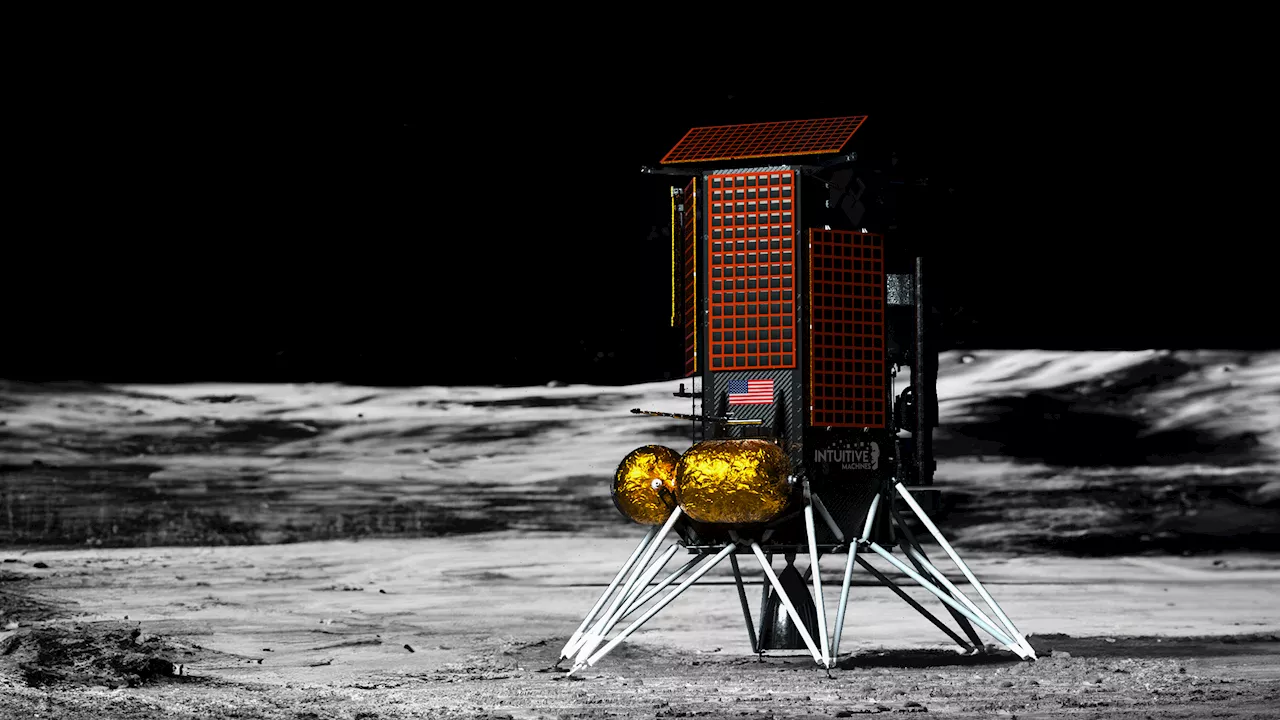Sascha is a U.K.-based trainee staff writer at Live Science. She holds a bachelor’s degree in biology from the University of Southampton in England and a master’s degree in science communication from Imperial College London. Her work has appeared in The Guardian and the health website Zoe.
Fifty million years ago, lush rainforests blanketed modern-day Antarctica, Australia, New Zealand and the tip of South America. Now, researchers have discovered new fossils that reveal which plant species populated these forests and how they adapted to life near the South Pole.
"This discovery offers rare insights into a time when global temperatures were much higher than today," study author Miriam Slodownik, a paleobotanist and recent doctoral graduate from the University of Adelaide in Australia, said in a statement."Tasmania was much closer to the South Pole, but the warm global climate allowed lush forests to thrive in these regions."
By submitting your information you agree to the Terms & Conditions and Privacy Policy and are aged 16 or over.Of the 12 species, at least nine were conifers, according to the study."The most spectacular fossils are relatives of the Kauri , Bunja and Wollemi pines that give clues about the evolution of these iconic Australian trees," Slodownik said.
United States Latest News, United States Headlines
Similar News:You can also read news stories similar to this one that we have collected from other news sources.
 Darwin's fear was unjustified: Study suggests fossil record gaps not a major issueFossils are used to reconstruct evolutionary history, but not all animals and plants become fossils and many fossils are destroyed before we can find them (e.g., the rocks that contain the fossils are destroyed by erosion).
Darwin's fear was unjustified: Study suggests fossil record gaps not a major issueFossils are used to reconstruct evolutionary history, but not all animals and plants become fossils and many fossils are destroyed before we can find them (e.g., the rocks that contain the fossils are destroyed by erosion).
Read more »
 NASA gives Intuitive Machines $117 million for 2027 mission to moon's south poleMichael Wall is a Senior Space Writer with Space.com and joined the team in 2010. He primarily covers exoplanets, spaceflight and military space, but has been known to dabble in the space art beat. His book about the search for alien life, 'Out There,' was published on Nov. 13, 2018.
NASA gives Intuitive Machines $117 million for 2027 mission to moon's south poleMichael Wall is a Senior Space Writer with Space.com and joined the team in 2010. He primarily covers exoplanets, spaceflight and military space, but has been known to dabble in the space art beat. His book about the search for alien life, 'Out There,' was published on Nov. 13, 2018.
Read more »
 China plans to build moon base at the lunar south pole by 2035Andrew is a freelance space journalist with a focus on reporting on China's rapidly growing space sector. He began writing for Space.com in 2019 and writes for SpaceNews, IEEE Spectrum, National Geographic, Sky & Telescope, New Scientist and others.
China plans to build moon base at the lunar south pole by 2035Andrew is a freelance space journalist with a focus on reporting on China's rapidly growing space sector. He began writing for Space.com in 2019 and writes for SpaceNews, IEEE Spectrum, National Geographic, Sky & Telescope, New Scientist and others.
Read more »
 Large theropod dinosaurs thrived near South Pole, Australian tracks showA discovery of dinosaur tracks on Australia's southern coast—dating back to the Early Cretaceous when Australia was still connected to Antarctica—indicates that large theropod dinosaurs thrived in this polar environment, prowling the river floodplains when the ice thawed during the summers.
Large theropod dinosaurs thrived near South Pole, Australian tracks showA discovery of dinosaur tracks on Australia's southern coast—dating back to the Early Cretaceous when Australia was still connected to Antarctica—indicates that large theropod dinosaurs thrived in this polar environment, prowling the river floodplains when the ice thawed during the summers.
Read more »
 Astronomers really like the South Pole, but why?Briley Lewis (she/her) is a freelance science writer and Ph.D. Candidate/NSF Fellow at the University of California, Los Angeles studying Astronomy & Astrophysics. Follow her on Twitter briles_34 or visit her website www.briley-lewis.com.
Astronomers really like the South Pole, but why?Briley Lewis (she/her) is a freelance science writer and Ph.D. Candidate/NSF Fellow at the University of California, Los Angeles studying Astronomy & Astrophysics. Follow her on Twitter briles_34 or visit her website www.briley-lewis.com.
Read more »
 NASA Awards Intuitive Machines Lunar South Pole Research DeliveryA new set of NASA science experiments and technology demonstrations will arrive at the lunar South Pole in 2027 following the agency’s latest CLPS (Commercial
NASA Awards Intuitive Machines Lunar South Pole Research DeliveryA new set of NASA science experiments and technology demonstrations will arrive at the lunar South Pole in 2027 following the agency’s latest CLPS (Commercial
Read more »
